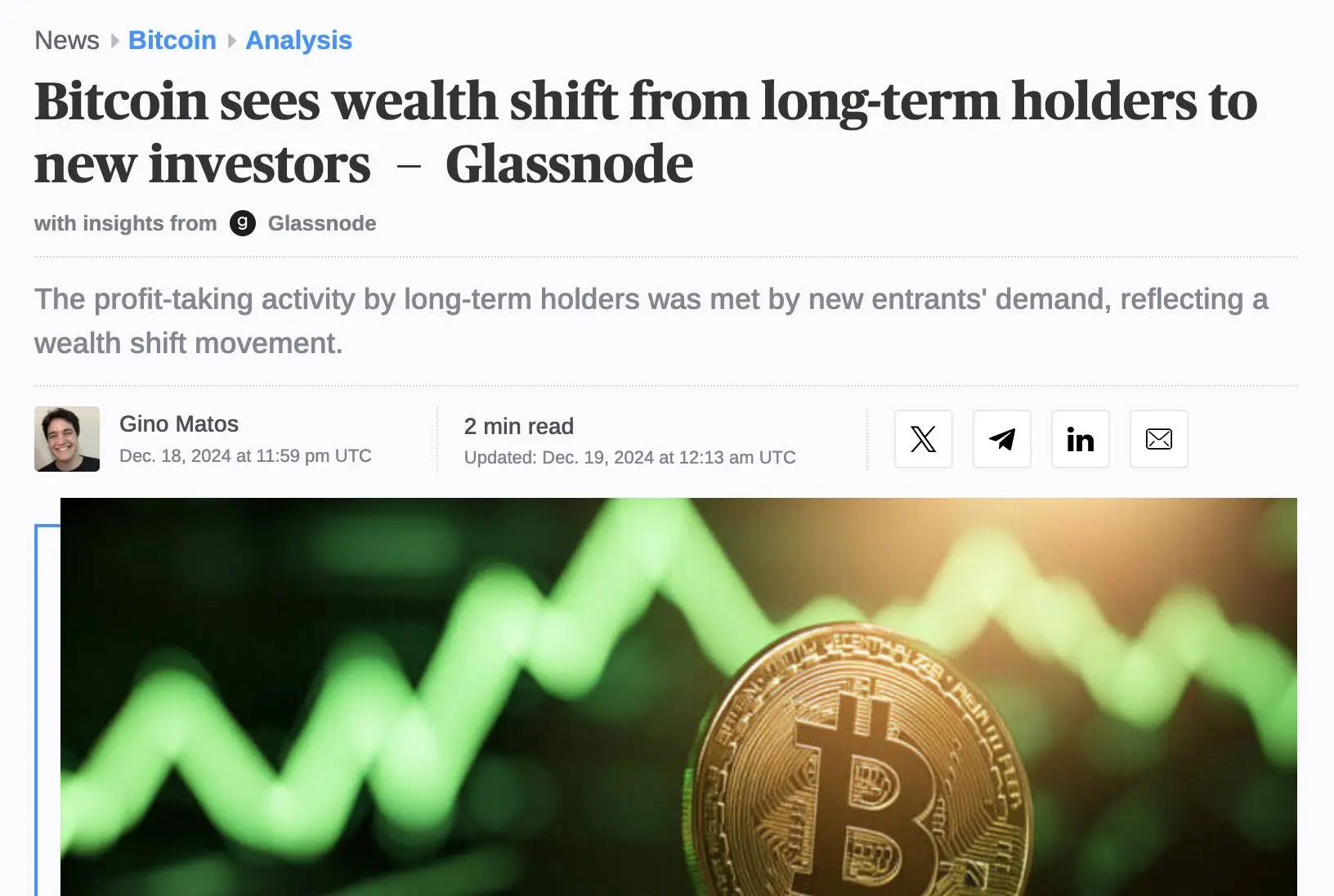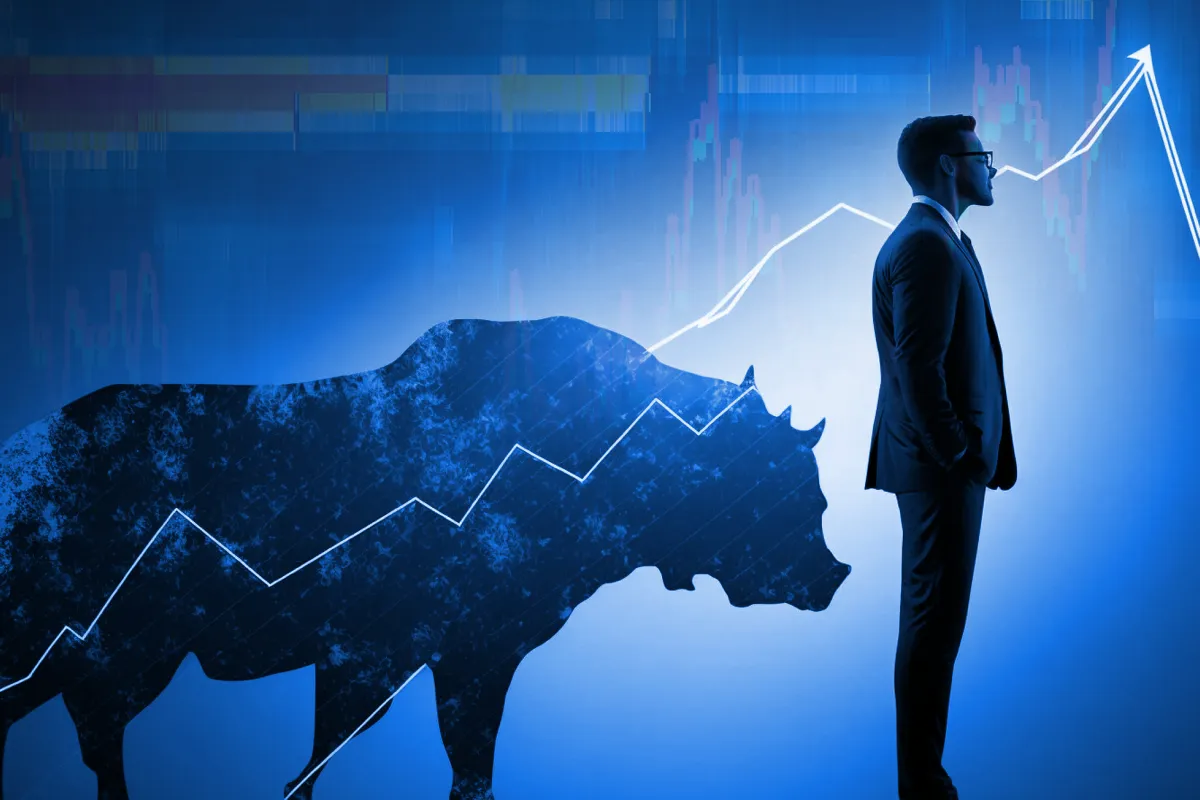Did you know that institutional traders can move markets faster than a cat running from a cucumber? Understanding how these market giants operate can give you a significant edge in your trading strategy. This article delves into the intricacies of detecting and responding to institutional trading activity. We’ll explore key indicators, such as volume analysis and order flow, to identify large trades and unusual patterns. You'll learn how institutions execute big orders discreetly, the best tools for monitoring their activity, and how to interpret market depth and price movements. Plus, we’ll discuss effective risk management strategies and common pitfalls to avoid. Equip yourself with insights from DayTradingBusiness to navigate the complexities of institutional trading like a pro!
How can I identify signs of institutional trading?
Look for large volume spikes that don't match typical retail patterns. Watch for sudden price jumps or sharp reversals without clear news. Notice if the order book shows big, consistent bids or asks—sometimes called "iceberg" orders. Pay attention to unusual trading activity at key support or resistance levels. Check for increased activity during off-hours or in less liquid markets. Institutional traders often leave footprints like rapid order placement and cancellation, so a pattern of large, quick trades can be a clue.
What indicators reveal large institutional trades?
Large institutional trades often show up as heavy volume spikes on the chart, sudden price jumps, or rapid order execution. Watch for unusual order book activity like large block orders or quick order flow shifts. Dark pool prints, which aren’t visible on standard exchanges, can also hint at big players moving in. Volume surges that don’t match regular trading patterns signal institutional involvement. Additionally, persistent price moves without typical retail-driven signals suggest institutions are behind the action.
How do institutions execute large orders without influencing the market?
Institutions execute large orders gradually over time, using methods like algorithmic trading, order splitting, and dark pools to avoid sudden market impact. They spread out trades to mask their activity, preventing price swings. Watching for unusual trading volume spikes or large blocks executed off the open or close can indicate institutional activity. Using dark pools and iceberg orders helps hide the true size of their trades.
Which tools are best for monitoring institutional activity?
Best tools for monitoring institutional activity include Bloomberg Terminal, Thomson Reuters Eikon, and FactSet. These platforms provide real-time data, large order alerts, and advanced analytics to spot large trades and unusual patterns. Additionally, tools like TradeAlert and Finra's Market Data can help track block trades and large institutional orders. Use trading platforms with Level II quotes and time-sensitive alerts to catch institutional moves quickly.
How does volume analysis help detect institutional trading?
Volume analysis reveals unusual spikes or patterns in trading activity that often indicate institutional traders entering or exiting positions. Large, consistent volume increases compared to normal levels suggest institutional involvement, since institutions trade in big blocks. Tracking volume alongside price movements helps confirm whether these trades are driving the market, making it easier to spot institutional activity and react accordingly.
What is the role of order flow in identifying big trades?
Order flow reveals large buy or sell orders that indicate institutional trading activity. Tracking sudden spikes or blocks of volume helps spot big trades. These large trades often move markets, signaling institutions entering or exiting positions. Analyzing order flow charts shows where large traders are active, helping you anticipate price moves.
How can I spot unusual trading patterns from institutions?
Look for sudden volume spikes that don’t match typical trading patterns. Notice large block trades or rapid order book changes. Watch for unusual price movements with high volume, especially outside regular market hours. Use tools like Level II quotes and order flow analysis to see large institutional orders. Pay attention to volume clusters and breakouts that aren’t supported by news. Monitor for repeated small trades that, in aggregate, suggest hidden buying or selling.
What technical signals suggest institutional buying or selling?
High trading volume spikes without news, large block trades, and sudden, sustained price moves indicate institutional buying or selling. Watch for unusual option activity and increased open interest in specific contracts. Sharp changes in bid-ask spreads or heavy order book activity also signal institutions entering or exiting positions. Price movements that diverge from typical retail patterns or occur after hours can suggest institutional activity.
How does market depth reflect institutional activity?

Market depth shows large buy and sell orders, indicating institutional activity. Significant order blocks at key price levels suggest institutions are entering or exiting positions. Sudden shifts in bid-ask sizes or large trades can signal institutional moves. Watching for rapid changes in market depth helps identify when institutions are active, guiding your trading decisions.
What news or events typically trigger institutional trades?
Institutional trades often spike around earnings reports, economic data releases, or major corporate announcements. Large block trades happen before significant news like mergers, acquisitions, or regulatory changes. Market-moving events such as Fed meetings or geopolitical developments also trigger institutional activity. These trades respond to anticipated shifts in valuation, liquidity needs, or risk management strategies.
How can dark pools reveal hidden institutional trading?
Dark pools reveal hidden institutional trading through trade reporting delays and volume spikes. When institutions execute large orders in dark pools, it can cause sudden increases in overall trading volume, signaling potential institutional activity. Monitoring these volume surges alongside price movements can help detect when institutions are accumulating or distributing positions. Additionally, some advanced traders analyze order flow and use specialized tools to spot patterns consistent with dark pool activity.
Learn about What Are Dark Pools and Their Role in Institutional Trading?
What are common signs of algorithmic trading by institutions?
Common signs of institutional algorithmic trading include sudden spikes in trading volume, rapid order placements and cancellations, large block trades, and unusual price movements that don’t match typical market patterns. You might notice algorithms triggering at specific times, like market open or close, or around significant news events. Sharp bid-ask spreads and fleeting, high-frequency trades are also indicators. These signals often appear as erratic activity that diverges from normal retail trading behavior.
How to interpret unusual price movements caused by institutions?
Unusual price movements caused by institutions often show large, sudden spikes or drops with high volume and sometimes abnormal volatility. Look for volume surges that don’t match typical trading patterns, indicating institutional interest. Check for price gaps or rapid moves that happen outside regular hours or without clear news, signaling big players entering or exiting. Use order flow analysis to spot large block trades or iceberg orders hiding true demand. React by confirming the move with technical signals, avoiding premature trades, and considering the broader market context. Stay cautious, as institutional activity can lead to quick reversals or trend continuations.
How should retail traders react to signals of institutional activity?
Retail traders should monitor volume spikes, unusual order flow, and large block trades as signals of institutional activity. When detected, they should avoid trying to mimic large trades, instead focusing on technical levels and risk management. Stay cautious, confirm signals with multiple indicators, and avoid overreacting to sudden market moves driven by institutions.
Learn about How Can Retail Traders Mimic Institutional Trading Techniques?
What risk management strategies are effective during institutional trades?
Effective risk management during institutional trades involves setting tight stop-loss orders, using position sizing to limit exposure, and monitoring market impact to avoid slippage. Implement real-time surveillance tools to detect unusual volume spikes or order flow changes indicating institutional activity. Diversify assets to reduce reliance on a single market move. Use hedge strategies like options to protect against adverse price swings. Maintain disciplined entry and exit points, and stay alert to news or reports influencing institutional trading decisions.
How can I differentiate between retail and institutional trading patterns?

Institutional trading often shows large, sudden volume spikes, aggressive order placements, and a focus on liquidity pools. Retail traders usually have smaller, more scattered orders, and their activity tends to be less strategic. Look for block trades, dark pool activity, and unusual volume surges as signs of institutional moves. Institutional traders also tend to use algorithmic strategies that cause rapid price movements, unlike retail traders who trade more casually. React by confirming these signals with price action and volume analysis before adjusting your strategy.
Learn about How Can Retail Traders Mimic Institutional Trading Techniques?
What educational resources help understand institutional trading?
Resources like Investopedia's articles on institutional trading, the CFA Institute's research papers, and online courses on market microstructure help understand institutional trading. Financial news platforms such as Bloomberg, Reuters, and CNBC provide real-time insights into institutional activity. Books like "Market Microstructure Theory" by Maureen O’Hara and "Trading and Exchanges" by Larry Harris deepen understanding. Additionally, webinars and tutorials from trading education websites like Investopedia Academy or CME Group explain how to detect and react to institutional trading signals.
How does institutional trading impact market volatility?
Institutional trading increases market volatility by executing large orders that can move prices quickly. When institutions buy or sell big blocks, it can cause sharp price swings, making markets more unpredictable. Their trading activity often signals significant market moves, prompting other traders to react, which amplifies volatility. Detecting institutional activity helps traders anticipate these moves and adjust strategies accordingly.
Learn about Institutional Trading Patterns and How They Impact Day Trading Opportunities
How often should traders analyze institutional activity?
Traders should analyze institutional activity daily or at least every few hours during active market hours to stay ahead. Frequent checks, especially during major market moves, help spot large trades and shifts in institutional sentiment. If you're day trading or swing trading, daily analysis is essential; for longer-term strategies, weekly reviews might suffice.
What mistakes should I avoid when reacting to institutional trades?
Avoid reacting without confirming the trade’s legitimacy; institutional trades can be deceptive. Don’t chase moves based solely on volume spikes—verify if order flow and price action support the move. Steer clear of overtrading or reacting emotionally; stay disciplined and stick to your strategy. Don’t ignore market context or news that could influence institutional activity. Avoid premature exits or entries before analyzing the broader trend and potential market impact.
Conclusion about How to Detect and React to Institutional Trading Activity
Understanding and responding to institutional trading activity is crucial for any trader looking to enhance their strategy. By identifying key indicators, utilizing effective tools, and mastering volume analysis, you can gain insights into market movements driven by large players. Monitoring order flow and market depth, recognizing unusual patterns, and staying informed about relevant news can further refine your approach. Remember, being aware of institutional behavior not only aids in making informed decisions but also helps in managing risks effectively. For those seeking deeper insights and guidance, DayTradingBusiness offers valuable resources to navigate this complex landscape.